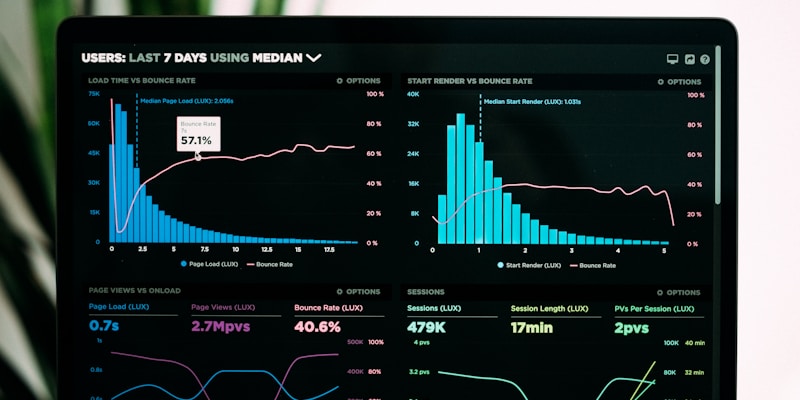Housing Markets Facing the Steepest Price Declines
While the national U.S. housing market remains in a state of slow growth or modest stability, many local markets are experiencing significant corrections. This article examines where home prices are falling the most, explores the drivers behind the decline, and offers insights for buyers, sellers, and investors alike.
The Broader Context: National vs. Local Trends
Nationally, home prices continue to grow—albeit at a much slower pace. Recent data shows year-over-year appreciation around +2.0% in April 2025, the slowest rate since the early 2010s. Zillow has downgraded its forecast to just +0.8% through February 2026, driven largely by increasing inventory and affordability constraints.
However, while some areas gradually adjust, others already show outright price declines, especially those that ran unsustainably hot during the pandemic boom years.
Key National Indicators
Where Prices Are Actually Falling: Top Markets in Decline
10 Major Cities with Steep Declines
According to Zillow Home Value Index data, these are the cities with the sharpest declines in mid-tier single-family home prices between the mid-2022 peak and May 2025 (seasonally adjusted):
| City | Price Decline |
|------|---------------|
| Austin, TX | -22.1% |
| Oakland, CA | -20.3% |
| New Orleans, LA | -18.1% |
| San Francisco, CA | -15.3% |
| Washington, D.C. | -10.8% |
| Denver, CO | -9.0% |
| Portland, OR | -8.9% |
| Phoenix, AZ | -8.8% |
| Fort Worth, TX | -7.7% |
| San Antonio, TX | -7.6% |
All ten markets saw consecutive monthly and annual price drops through May 2025. These declines reflect sharp reversals in once-booming markets, particularly in Sun Belt and West Coast metros.
Smaller Metro Declines: High-Risk Markets
Zillow's projections through March 2026 show over a dozen mid-sized metro areas facing double-digit declines:
| Metro Area | State | Projected Decline |
|------------|-------|-------------------|
| Greenville | MS | -14.6% |
| Pecos | TX | -12.7% |
| Cleveland | MS | -11.9% |
| Big Spring | TX | -11.4% |
| Alice | TX | -11.3% |
| Raymondville | TX | -11.2% |
| Helena | AR | -11.0% |
| Sweetwater | TX | -10.6% |
| Hobbs | NM | -10.5% |
| Opelousas | LA | -10.3% |
| Houma | LA | -10.1% |
| Bennettsville | SC | -10.0% |
These areas share features like oversupply relative to local demand, elevated housing construction, and more constrained local incomes.
Why Prices Are Declining: Key Factors
1. Overheating During the Boom
Many of the hardest-hit markets—such as Austin, Phoenix, and Oakland—saw unsustainable price surges during 2020–2022. The current reversals represent significant corrections from those peaks.
Characteristics of Overheated Markets:
2. Affordability Constraints
Even slight increases in mortgage rates or stagnating wages can price out many potential buyers. This is especially impactful in areas that rose rapidly and far above local income levels.
Affordability Challenges:
3. Rising Inventory
Markets like Cape Coral, Tampa, and parts of Texas now have an abundance of listings. Greater supply equals more buyer leverage and softer pricing.
Supply Increases Due To:
4. Economic and Demographic Shifts
Local economic downturns—whether due to employment shifts, migration reversals, or high insurance costs—are weighing on demand in certain metros.
Economic Pressures:
Regional Analysis: Understanding Local Dynamics
Texas Markets: Multiple Cities Affected
Texas dominates the list of declining markets, with Austin leading at -22.1%. This reflects:
California Coastal Markets: Reality Check
San Francisco (-15.3%) and Oakland (-20.3%) face unique challenges:
Southern Markets: Economic Vulnerabilities
Several Southern metros face double-digit declines due to:
Investment Opportunities and Risks
Potential Opportunities
For Cash Buyers:
For Fix-and-Flip Investors:
Key Risks to Consider
Market Timing Risks:
Local Economic Risks:
What Buyers, Sellers, and Investors Should Know
For Buyers
Advantages in Declining Markets:
Buyer Strategies:
For Sellers
Realistic Pricing Critical:
Seller Strategies:
For Investors
Due Diligence Requirements:
Investment Strategies:
Market Outlook and Recovery Potential
Factors Supporting Recovery
Positive Indicators:
Continued Challenges
Headwinds Remain:
Timeline Expectations
Recovery Scenarios:
Key Indicators to Monitor
Economic Metrics
Housing Market Metrics
Policy Factors
Final Takeaways
Bottom Line: The current housing market requires a local-first approach. While national trends provide context, success in real estate transactions increasingly depends on understanding the specific dynamics affecting individual metropolitan areas. For those with patience and proper due diligence, declining markets may present opportunities, but they also carry significant risks that must be carefully evaluated.

